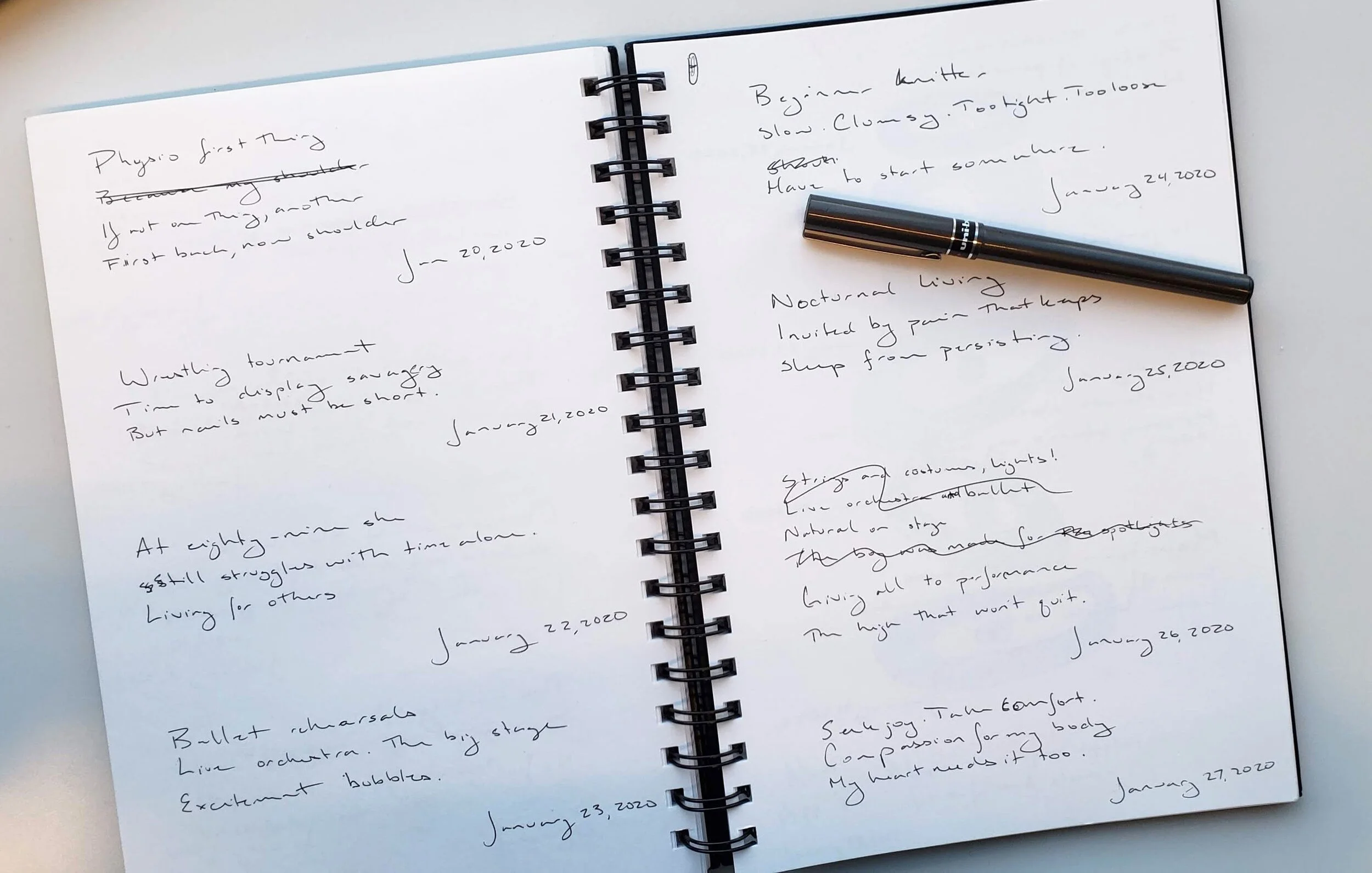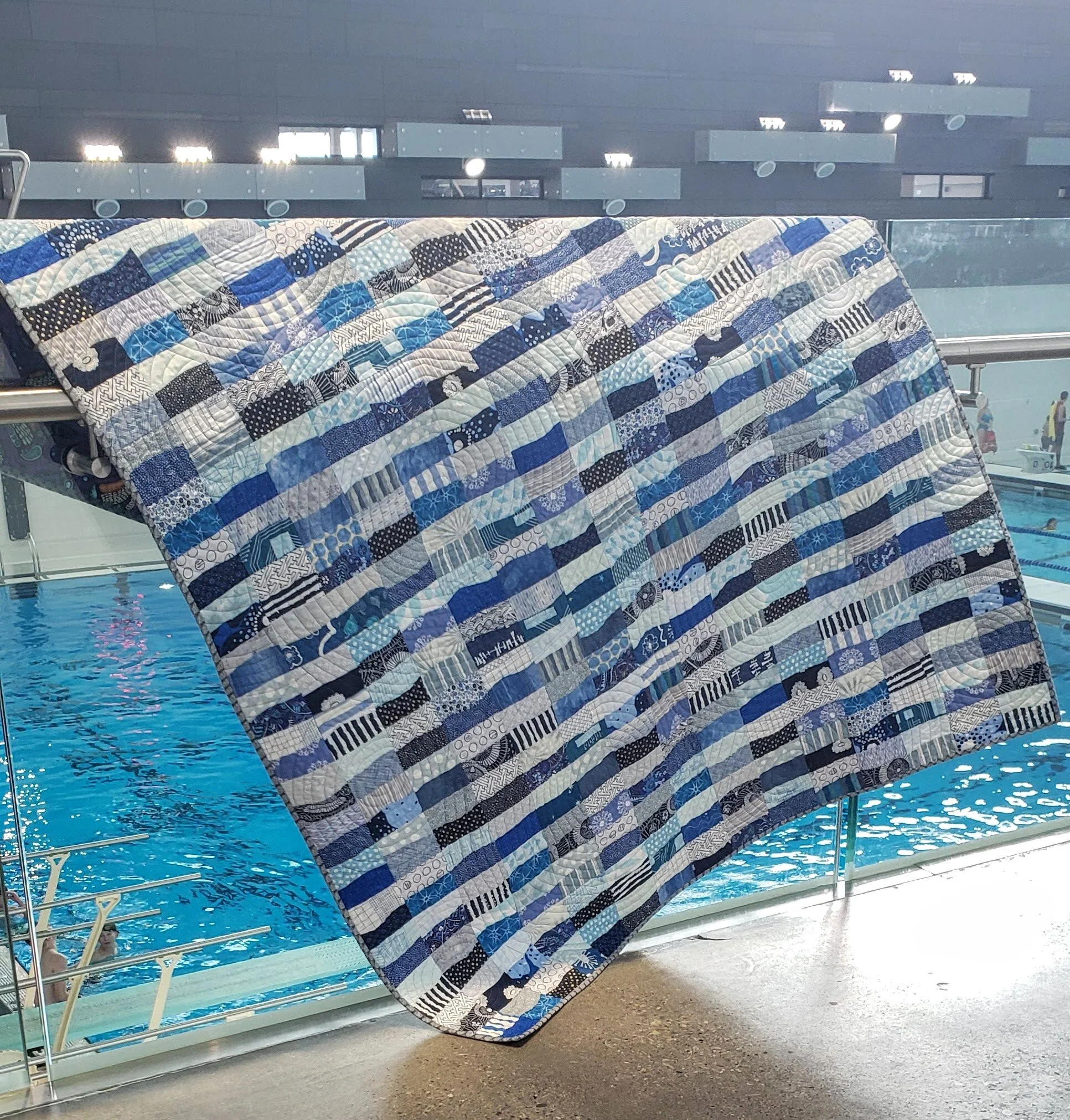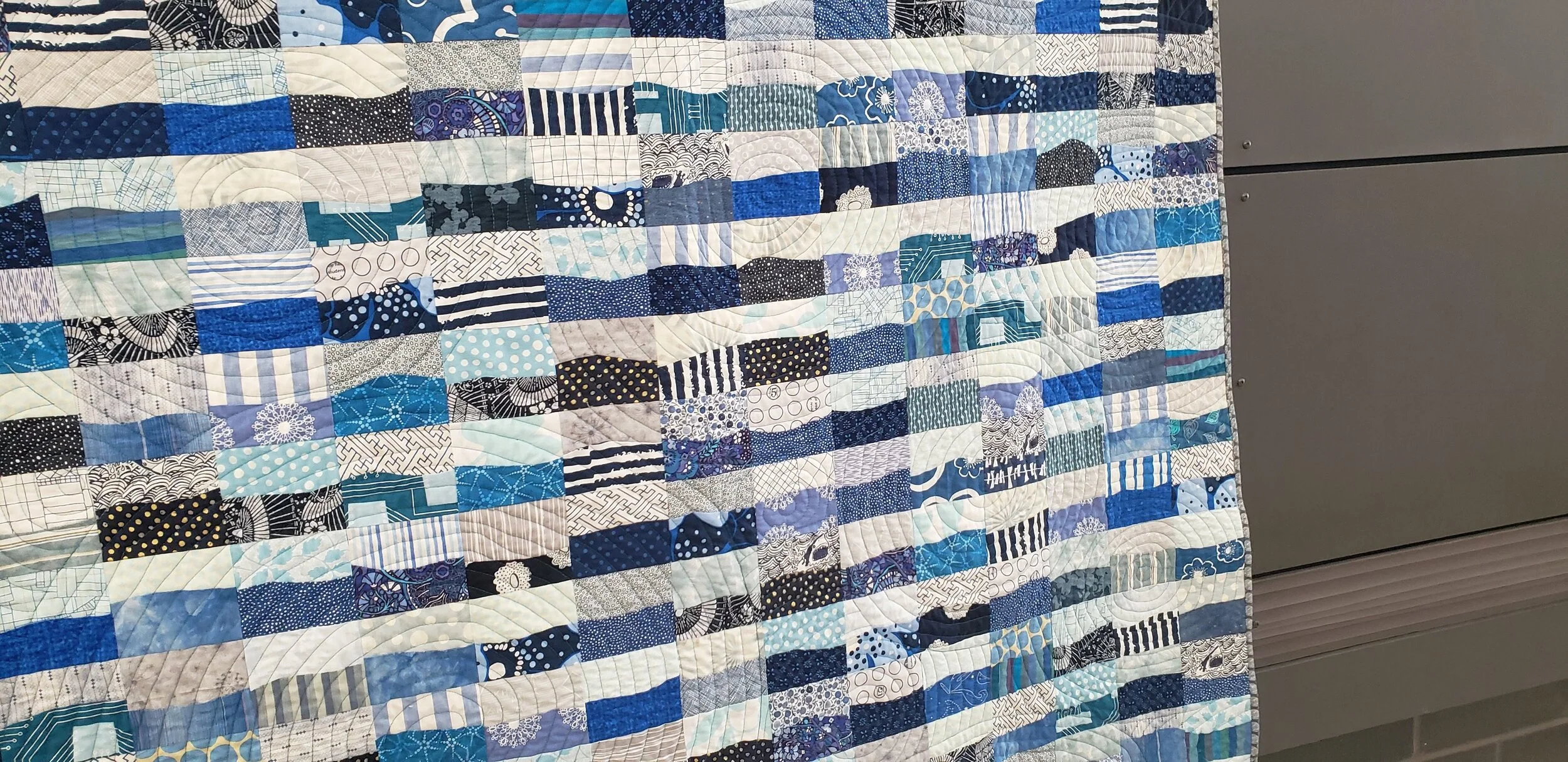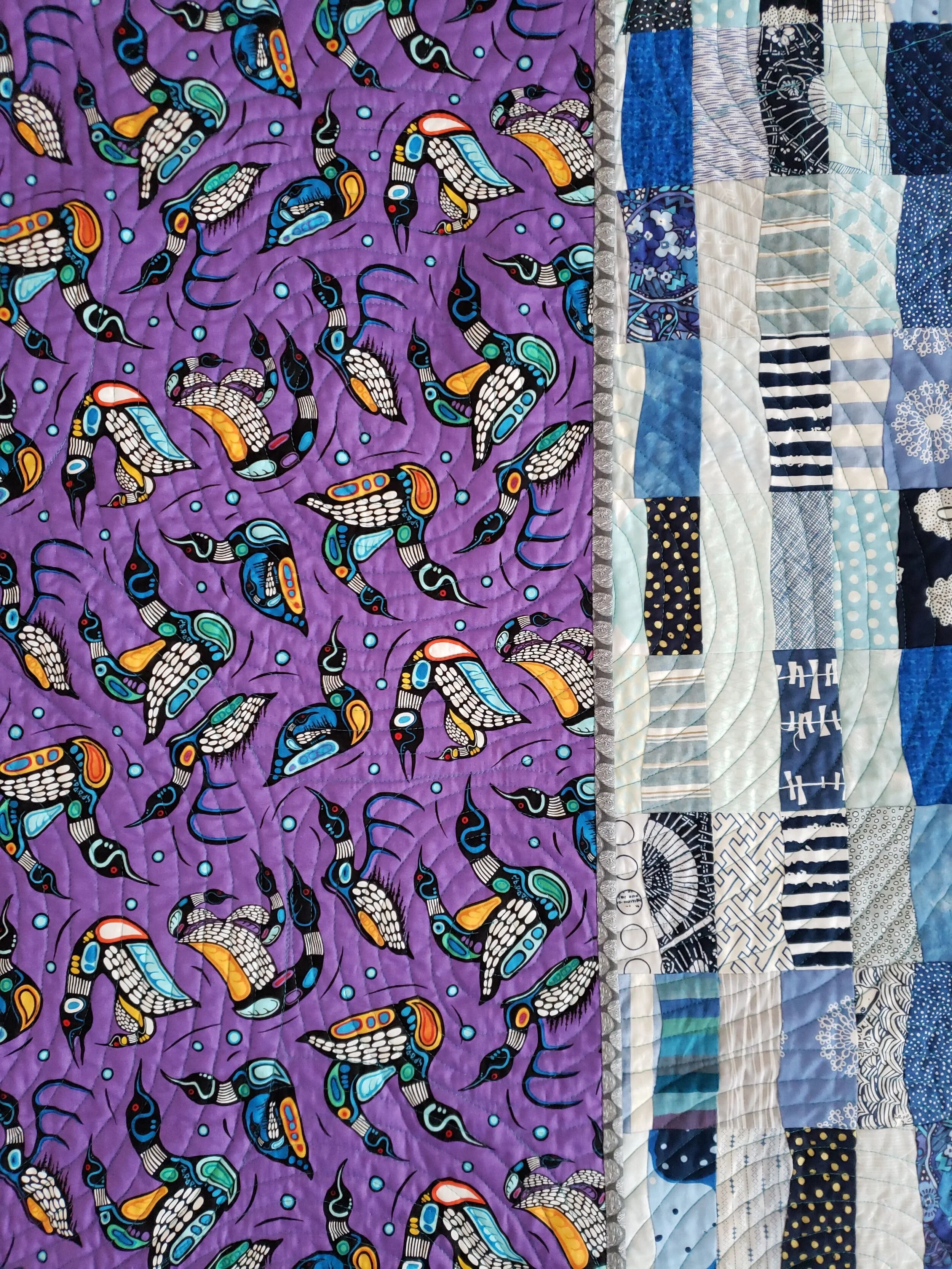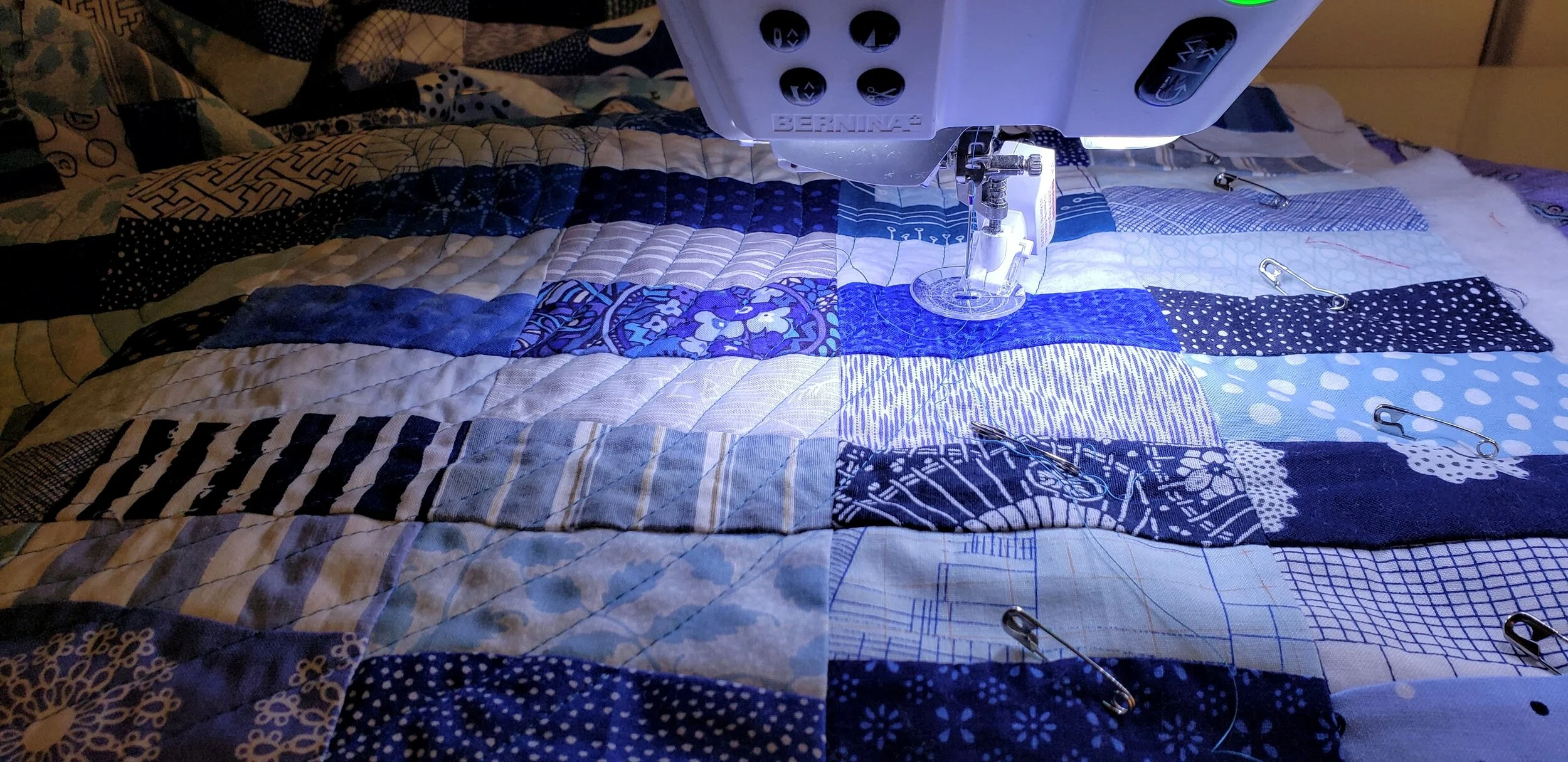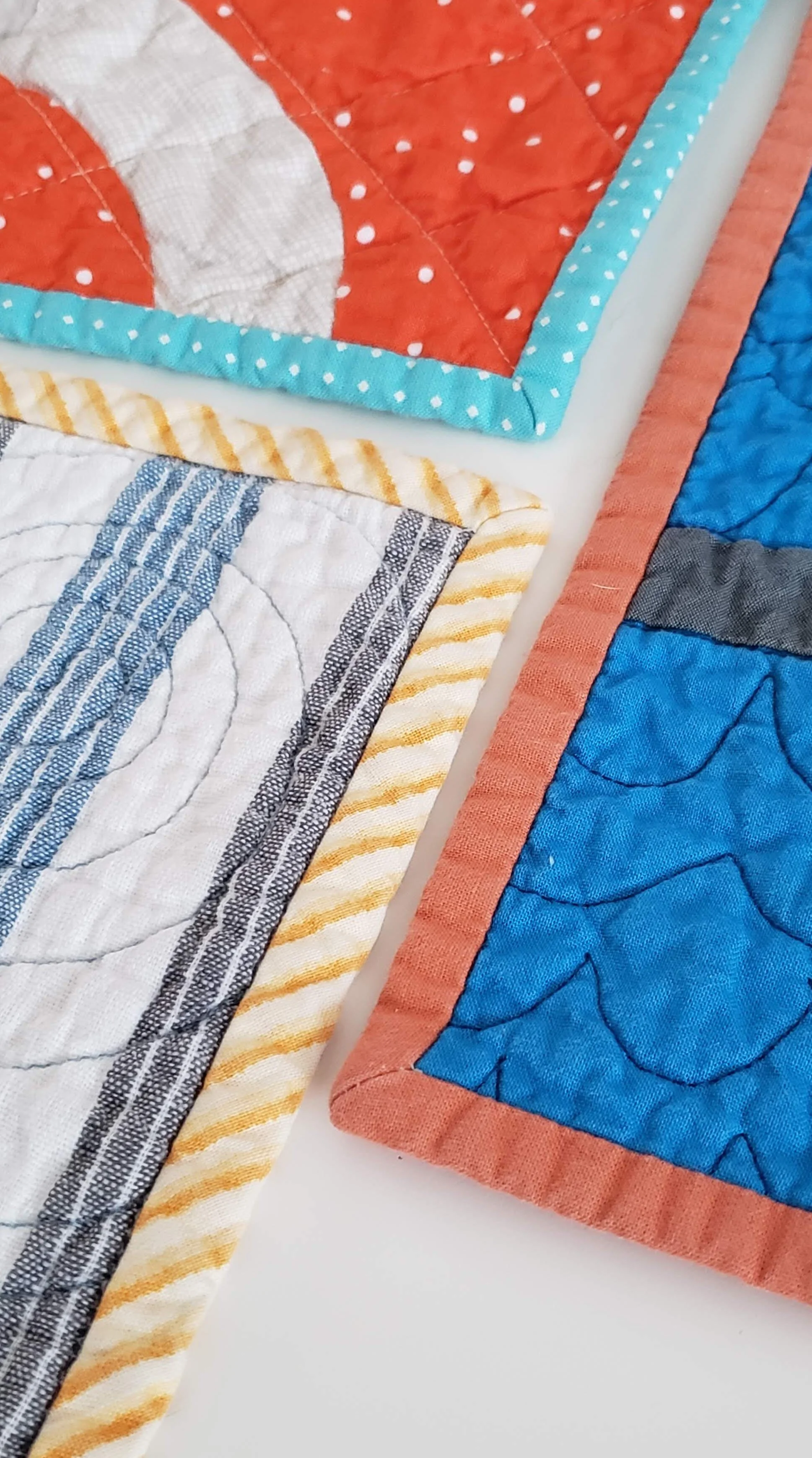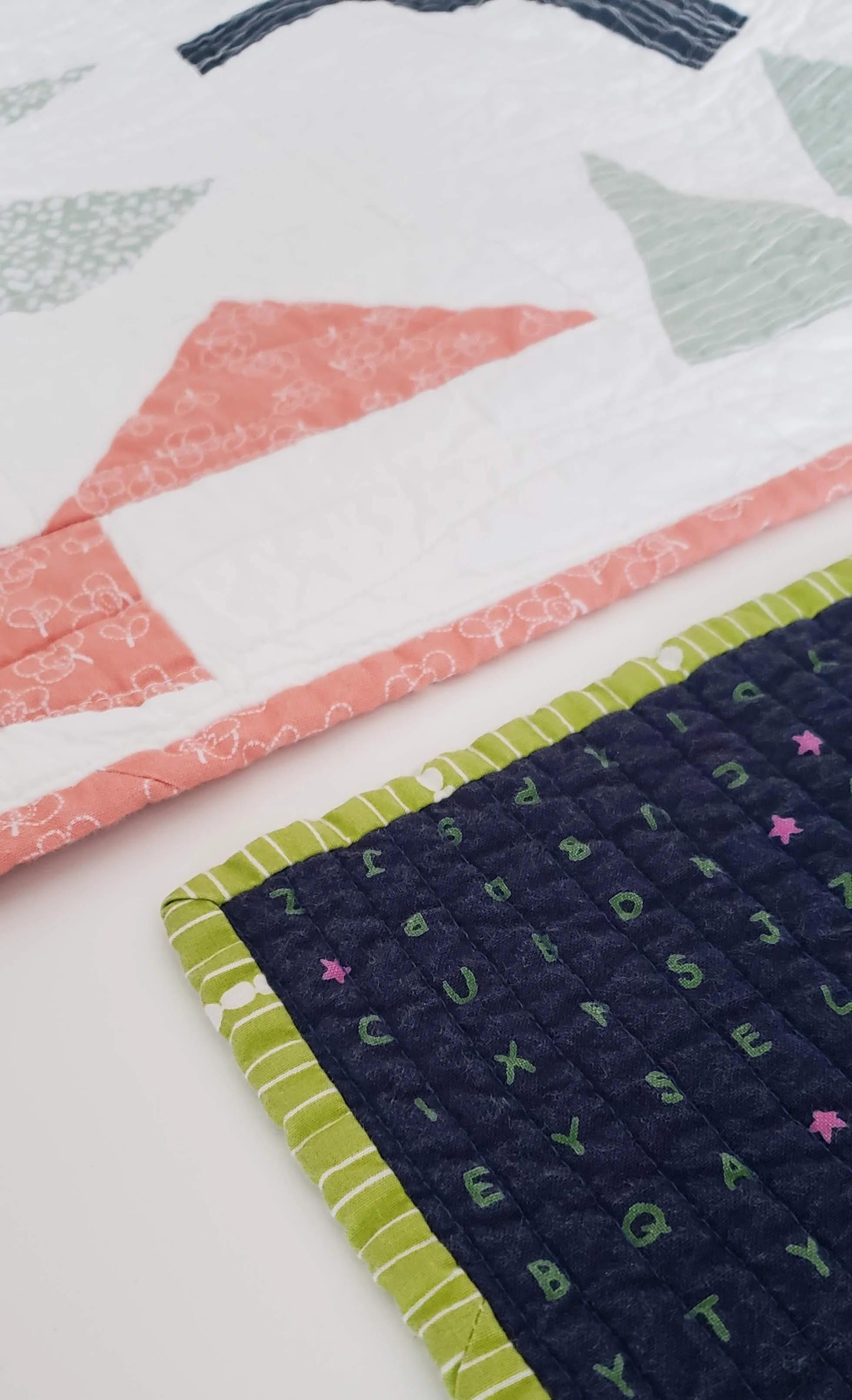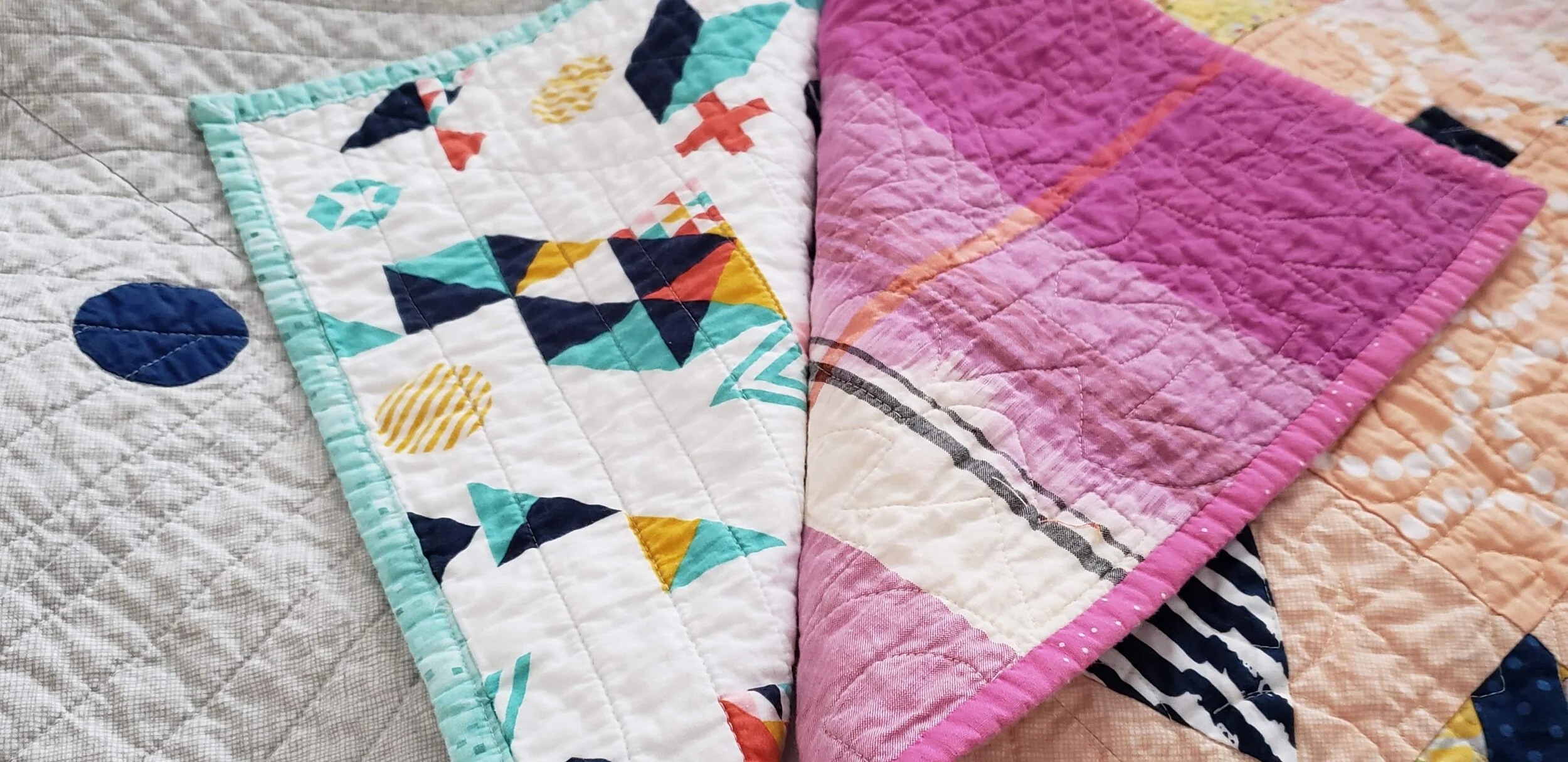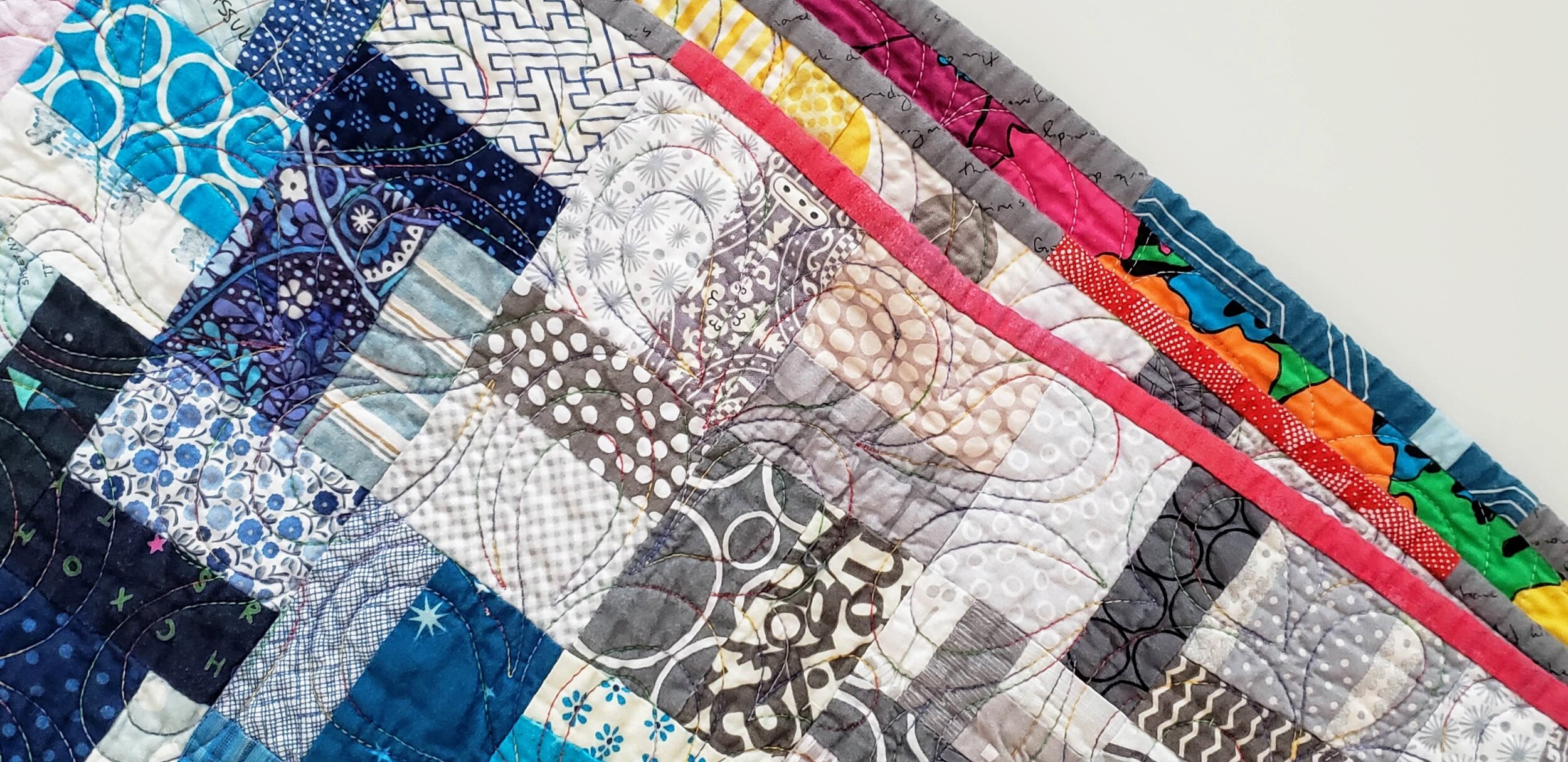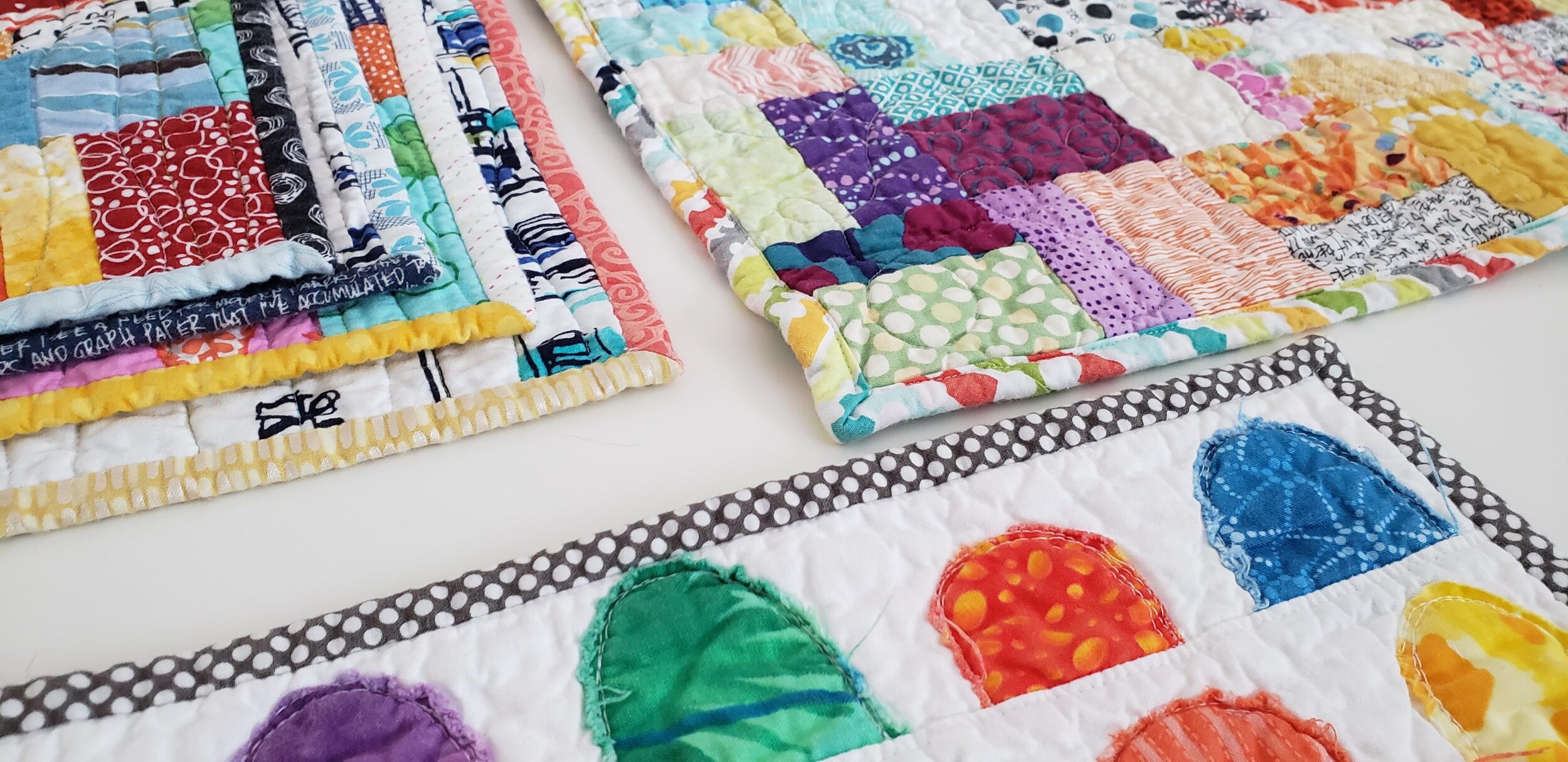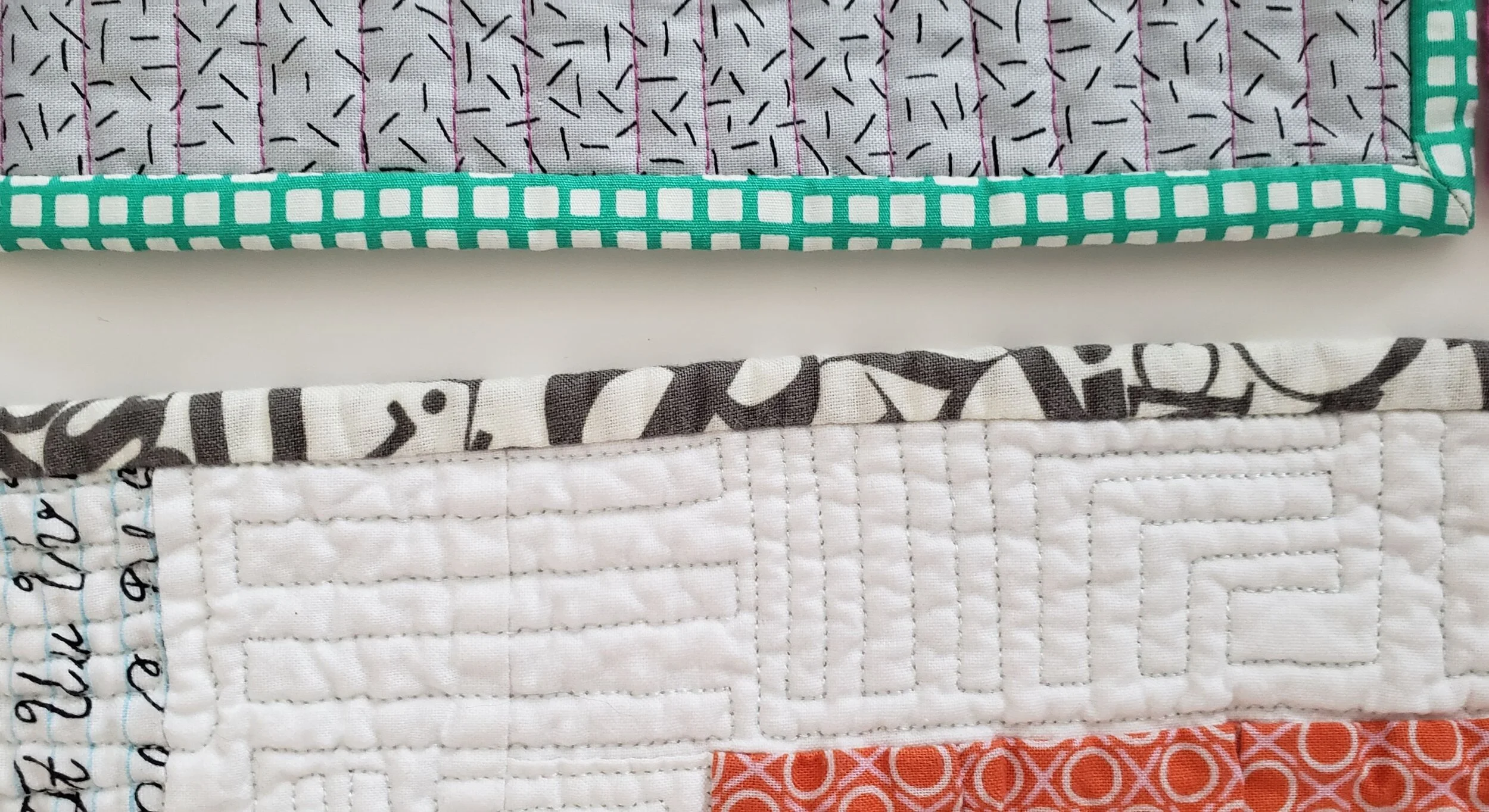Learning poetry
Back in elementary
Haiku was the start
Do you remember back in school and the famous 5-7-5 syllable count of learning Haiku? We were taught it then because the perception is that they are easy, simple, elementary. And while you can write one following the count rule, that doesn’t mean they are any good!
Haiku is a form of poetry originating in Japan. Initially, they were written as objective, pictorial pieces. They usually described something in the natural world or made seasonal references. Quite often there are two subjects, contrasted through the visuals the words present. Haiku is subtle and can be both melancholy and beautiful.
For January I decided I would write one haiku each day. I threw out the subject conventions and mostly ignored the other rule about the subject contrast. At least, I didn't much care if that happened but tried to do it some times. Now, I am not a poet by any stretch of the imagination, but I do like words. I love the way we can express emotions and the sparseness of 17 maudlin syllables was inspiring. Most of the haiku reference what was going on in my life at the moment, so they serve as a diary too.
Here are some of my favourites from the month:
People I don’t like
Invading my dreams last night
Woke up feeling gross.
(January 10)
Lazy Sunday start
Because it’s damn cold outside
That hockey game though
(January 12)
Love overflows yet
It pools at my feet almost
Unconditional
(January 15)
Wrestling tournament
Time to display savagery
But nails must be cut short
(January 21)
Nocturnal living
Invited by pain that keeps
Sleep from persisting.
(January 25)
Seek joy. Take comfort.
Compassion for my body
My heart needs it too.
(January 27)
A daily habit
To jumpstart creative flow
And ease anxiety.
(January 29)
February is here and I’ve laid the pen down for a needle and embroidery floss. Follow along with my Morning Make on Instagram. Better yet, join in! #morningmake is the hashtag.


